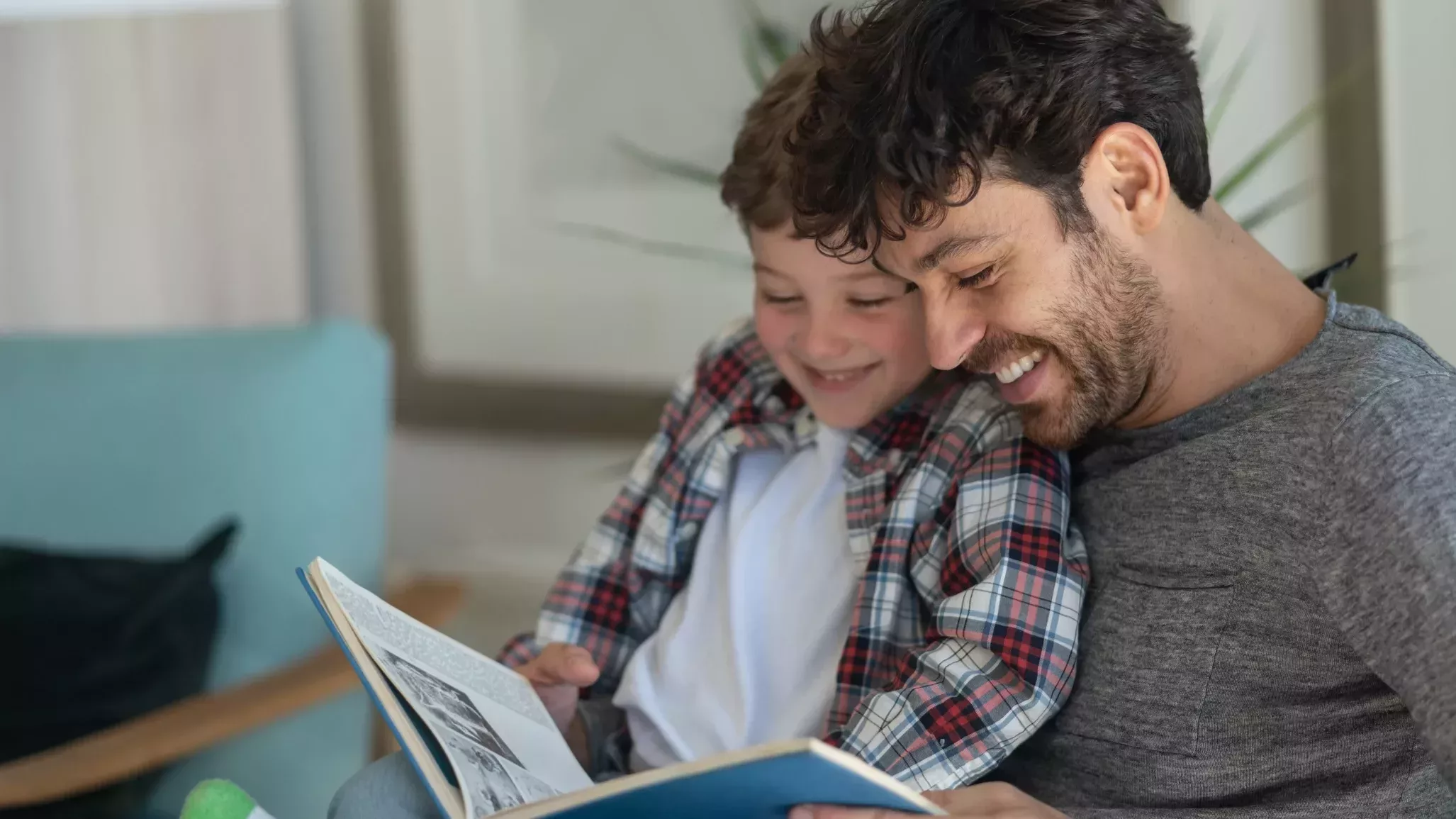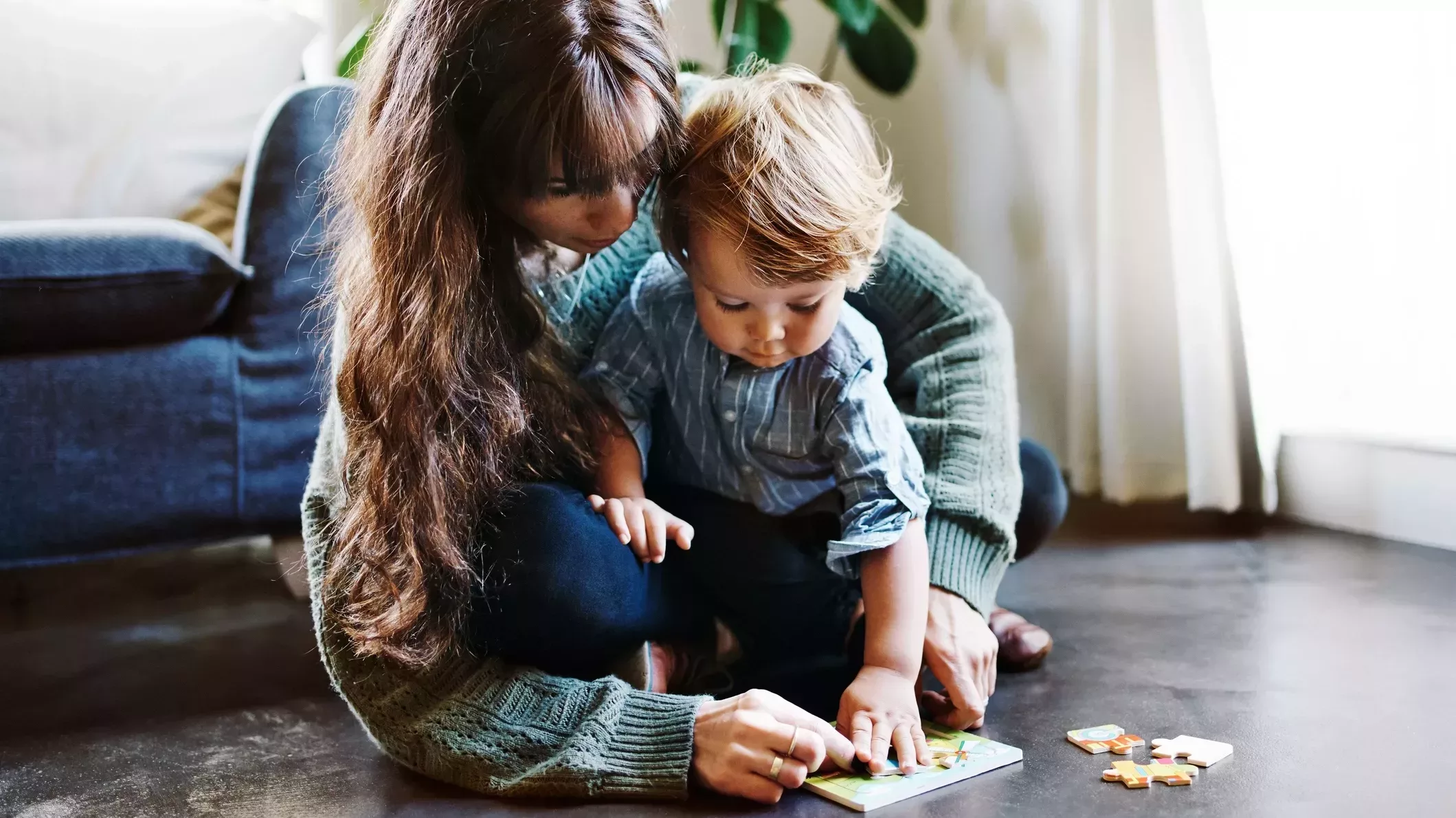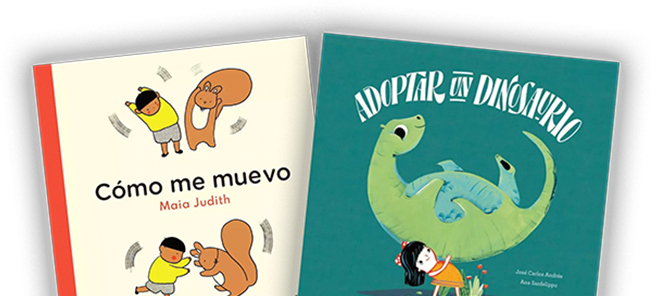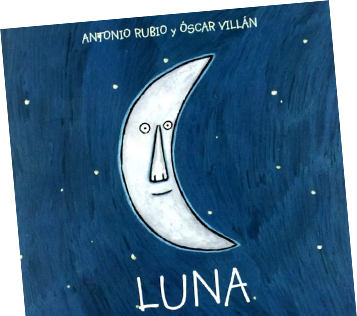
Teaching your child a second language is one of the greatest gifts you can give them. Early learners are more adaptive than adults, so starting early can lead to native-level fluency by the time they’re 10. And reading is one of the strongest ways to build new language skills in both of their languages at once.
Studies show that babies can learn a second language with just 1 hour of exposure a day. And if you’re worried about two languages confusing them, don’t be. Research supports bilingual children as not only more social, but also more empathetic and possessing greater cognitive flexibility.
Now, if you’re wondering how to incorporate children’s Spanish books into your little one's reading sessions, we’ve got all the tips you need to foster a deep love of language learning that can last a lifetime.
Motivation Comes First
In any situation, you have to ensure your child’s motivation aligns with your goals. Now, we can’t always guarantee they’ll be motivated to do things that are necessary, but we can work on building interest in subjects they might not otherwise care for.
For example, when it comes to learning a second language, parents can use exciting Spanish picture books, games, and TV shows as great incentives.
Kids will connect with what they’re reading, watching, or playing. Learning Spanish will be almost secondary to them, because they’ll be focused on what they’re doing rather than what they’re being taught.
For kids, motivation usually lies in having fun. From riding their bike to visiting the zoo, fun activities make second languages exciting and rewarding. Creating emotional experiences that foster a connection between your child and their second language is the best way to ensure they stay inspired to learn.
Parents can even start by speaking the minority language in everyday situations kids already love. Go get ice cream, but only order in Spanish; paint pictures together, using only names of colors in Spanish. Activities your child already enjoys can become incentives and opportunities to use their second language naturally.

Recognize Their Frustrations
When you were a child, you probably had to do lots of things you didn’t really want to. Whether it was memorizing a multiplication table or writing cursive drills every evening, there wasn’t always a lot of fun involved. Kids can feel that way about learning to read, especially if they’re trying to learn two languages at once.
Parents know it’s important to introduce second and even third languages early. But what many don’t consider is how difficult different languages can feel to a child still mastering basic literacy.
Most children begin to read around 4 years old, though this is mainly limited to phonetic combinations and sight words they’ve memorized. Age 6 is when the majority of children begin to develop basic reading skills.
Although reading opens up a whole new world to children, it also comes with a lot of frustration. They may grow tired easily, especially when they’re confronting a lot of new sounds and vocabulary words they’re unfamiliar with.
Coupled with a further lack of familiarity in a second language, reading books in Spanish (or any minority language) can sometimes feel overwhelming to a child. So, how do you foster a love of reading and bilingualism?
Take it slow
Parents can be so eager to see their children succeed that they forget how long it took them to master skills as children. And they may tend to scold their children’s natural frustrations rather than listening and affirming them.
When you notice your child is struggling, ask them why. It can be as simple as, “What’s making it really hard for you right now?” and “What can we do to make this easier?”
If your child is too young to articulate a response, scale back. Returning to a book that’s a bit below their literacy level will help them regain confidence, which they’ll carry over into more difficult material.
Make Cultural Differences Relatable
Your child may not have everything in common with a native Spanish speaker, but that doesn’t mean they can’t relate to their experiences or struggles. Choosing children’s Spanish books with characters they can relate to will make the language feel more personal.
Personal connection plays a major factor in both motivation and utility. Even small children will be more likely to engage with a language when they have a personal reason to connect with it.
Consider books like Encuentra Tu Calma, one of our go-to Spanish picture books for helping kids learn what to do when they’re feeling anxious. Or Mi Sombra es Rosa, a fantastic story about a boy that explores gender identity and celebrates self-expression and diversity.

Have Fun Playing Games in Your Second Language
Use Spanish picture books to host a scavenger hunt! Hand your children papers with household items written en español, and encourage them to place them on all the correct objects within 3 minutes.
When it’s time to choose dessert, encourage them to play a guessing game in Spanish. Whoever chooses the number or color you’re thinking first is the winner!
There are so many ways parents can make learning Spanish fun. It can also help them build confidence, and reduce resistance they exhibit when it’s time to read or write in their second language.
You can also turn things like arts and crafts into a learning experience. Does your little Picasso love to draw? Look up kids drawing tutorials on YouTube in Spanish. Whatever you do together, there are ways to incorporate a minority language that not only create familiarity, but foster connection as well.
Discover the Best Children’s Spanish Books for Bilingual Readers
At Sol Book Box, we wanted to create a one-of-a-kind book club that made learning Spanish fun for children, and easier for parents. Our books are hand-selected and filled with beautiful illustrations and heartwarming, silly stories that kids and adults love. Read more about some of our favorite Spanish children's books, and sign up to get handpicked selections shipped right to your doorstep every month.




